The influence of AI is expanding far beyond chatbots, heralding transformative changes in diverse fields like medicine, robotics, and transportation. The generative AI technology that powers tools like ChatGPT is evolving into a foundation for breakthroughs that could redefine how we interact with the world. From autonomous robots to personalized cancer treatments and plastic-eating bacteria, these advancements highlight the far-reaching potential of AI.
Although much of today’s AI revolution is associated with tools that can generate text, code, and images, the underlying mechanism enabling these functions is the transformer model. Introduced in a 2017 paper by Google researchers, transformers allow AI to grasp the underlying structure of various datasets—whether they involve text, driving behavior, or protein structures—and generate analogous outputs. This innovation has opened the door to applications well beyond conversational AI, making it a cornerstone of the ongoing AI boom.
The Rise of Transformers
Transformers have significantly influenced the field of AI since their introduction. They enable systems to understand the relationships between pieces of information within a dataset, providing context for better predictions and outputs. For instance, while earlier AI models processed text linearly, transformers assess the importance of words in context, improving outcomes like language translation. In a sentence like “I arrived at the bank after crossing the river,” a transformer model interprets “bank” as a riverbank rather than a financial institution by recognizing the context provided by “river.”
This contextual capability allows transformer-based models to excel in generating new data and applying insights to various domains. For example, EvolutionaryScale, a biology startup, uses transformers to analyze protein sequences and design new molecules. This approach has already led to the creation of a protein similar to the one responsible for the luminescence of jellyfish, yet entirely different from anything found in nature. Such advancements could pave the way for novel solutions, including enzymes to break down plastics and customized drugs for individual cancer patients.
Transformers have also driven significant developments in other industries. Google’s AlphaFold, which earned its AI chief Demis Hassabis a Nobel Prize, uses transformer-based methods to predict protein structures. Meanwhile, Nvidia’s rise as one of the most valuable companies globally reflects the growing demand for the computational power required to support transformer-driven AI systems.
Transforming Robotics and Transportation
The impact of transformers is also being felt in robotics, where their ability to process large datasets is enabling machines to perform complex tasks. Physical Intelligence, a startup led by former Google DeepMind engineer Karol Hausman, aims to create AI models capable of controlling any robot to perform any task. Using a variant of language models similar to those powering ChatGPT, the company has developed a robot that can autonomously retrieve and fold laundry—a task notoriously difficult for machines due to the unpredictability of fabric shapes.
Physical Intelligence’s success has drawn substantial investor interest, with the company recently securing $400 million in funding from notable backers like Jeff Bezos and OpenAI. Similarly, researchers at MIT are employing transformer-based systems to train robots to operate flexibly across diverse environments using vast amounts of data. These systems demonstrate significant progress, yet practical applications, such as having robots fold laundry at home, remain limited by the need for specialized training tailored to individual settings.
In transportation, self-driving car companies like Waymo, Nuro, and Wayve are adopting transformer-based visual language models. These systems integrate text and images to make autonomous vehicles more adaptable to real-world scenarios. Unlike earlier methods that relied on predefined instructions and older AI models, transformers enable vehicles to generalize knowledge, allowing them to respond to previously unseen objects, such as animals crossing the road.
Challenges and Limitations
Despite their transformative potential, transformer-based AI systems have limitations. Their effectiveness depends on the quality and quantity of data they are trained on. For example, large language models rely on the vast amount of text available on the internet but face diminishing returns as they exhaust meaningful data. Similarly, robotics and self-driving cars require extensive real-world training data, prompting companies to compete for access to these resources.
Moreover, these systems often need human intervention to realize their full potential. At EvolutionaryScale, AI can propose new molecules, but humans must synthesize and test them. Likewise, autonomous robots may excel in controlled demonstrations but struggle to adapt to the complexities of real-world environments without significant additional training and resources.
Hausman, the CEO of Physical Intelligence, acknowledges these challenges, emphasizing that while recent advancements are impressive, they represent the early stages of what AI can achieve. Scaling these technologies for widespread practical use will require time, investment, and continued innovation.
A Transformative Future
The transformative capabilities of AI, driven by advancements in transformer technology, promise to revolutionize industries and improve lives in unprecedented ways. From designing life-saving drugs to enabling more capable robots and self-driving vehicles, these innovations demonstrate the far-reaching impact of AI beyond chatbots and text generation. However, realizing this potential requires overcoming technical and logistical hurdles, ensuring that the AI revolution can be sustained and scaled for the benefit of society.
